Cordyline fruticosa Mambo Hawaiian Ti Plant Purify Your Air Hortology
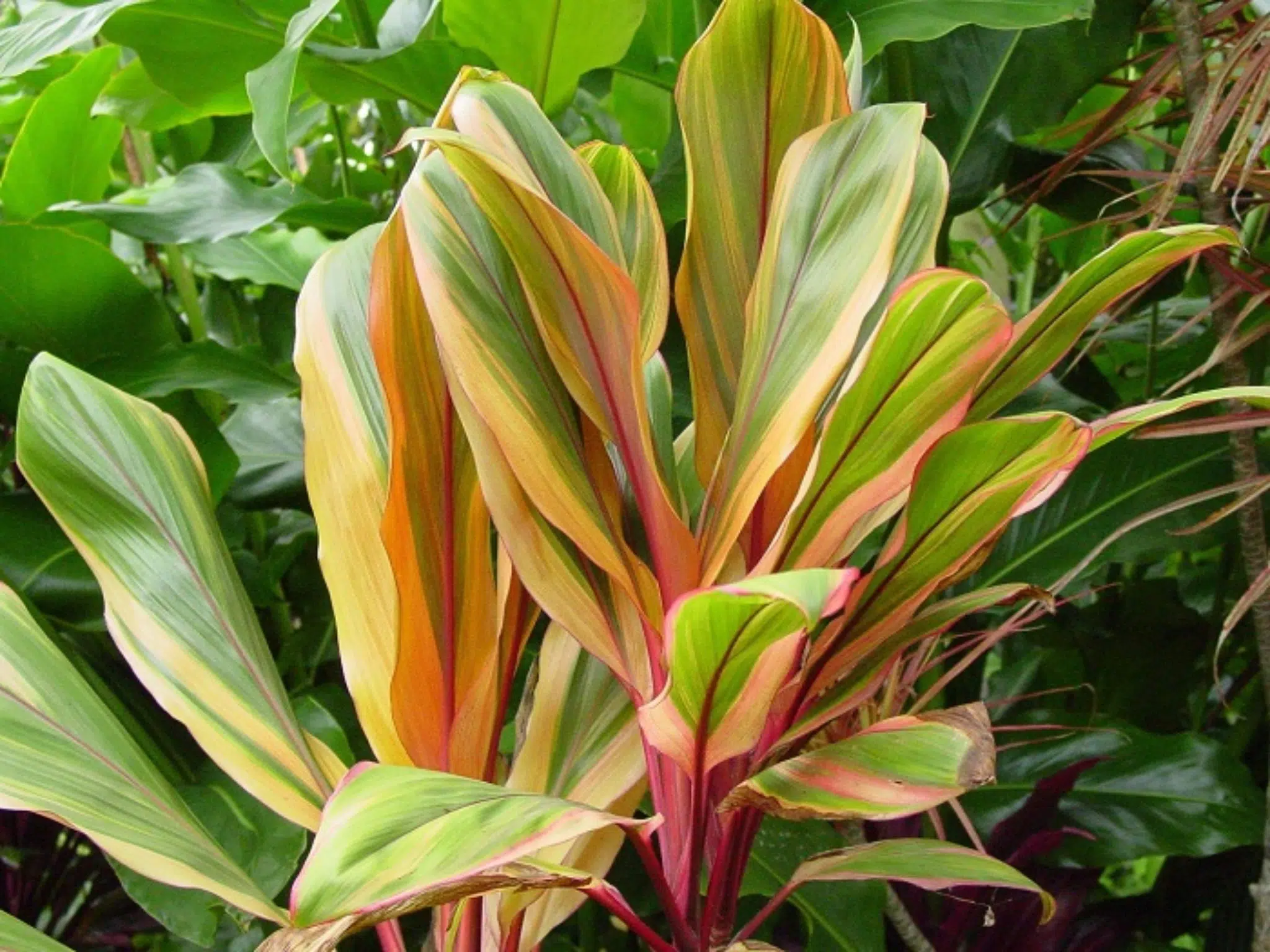
Adding tropical colors Hawaiian Ti plant (Cordyline fruticosa
If you're considering a tropical, you need a Cordyline fruticosa, best known as a Hawaiian ti Plant. While sitting at your office desk in front of a glowing computer screen, maybe your Hawaiian ti plant is just what you need to up and whisk you away to lush tropical lands.

Cordyline fruticosa rubra With striking pink/purple foliage this
Features. Flaming hot pink and dark burgundy foliage adds fabulous color, texture and height to premium container recipes and modern landscapes where this plant can't help but act as a focal point. Featuring much broader, 4 to 6" wide leaves compared to its Cordyline australis cousins, this tropical cabbage palm forms a multi-stemmed clump.
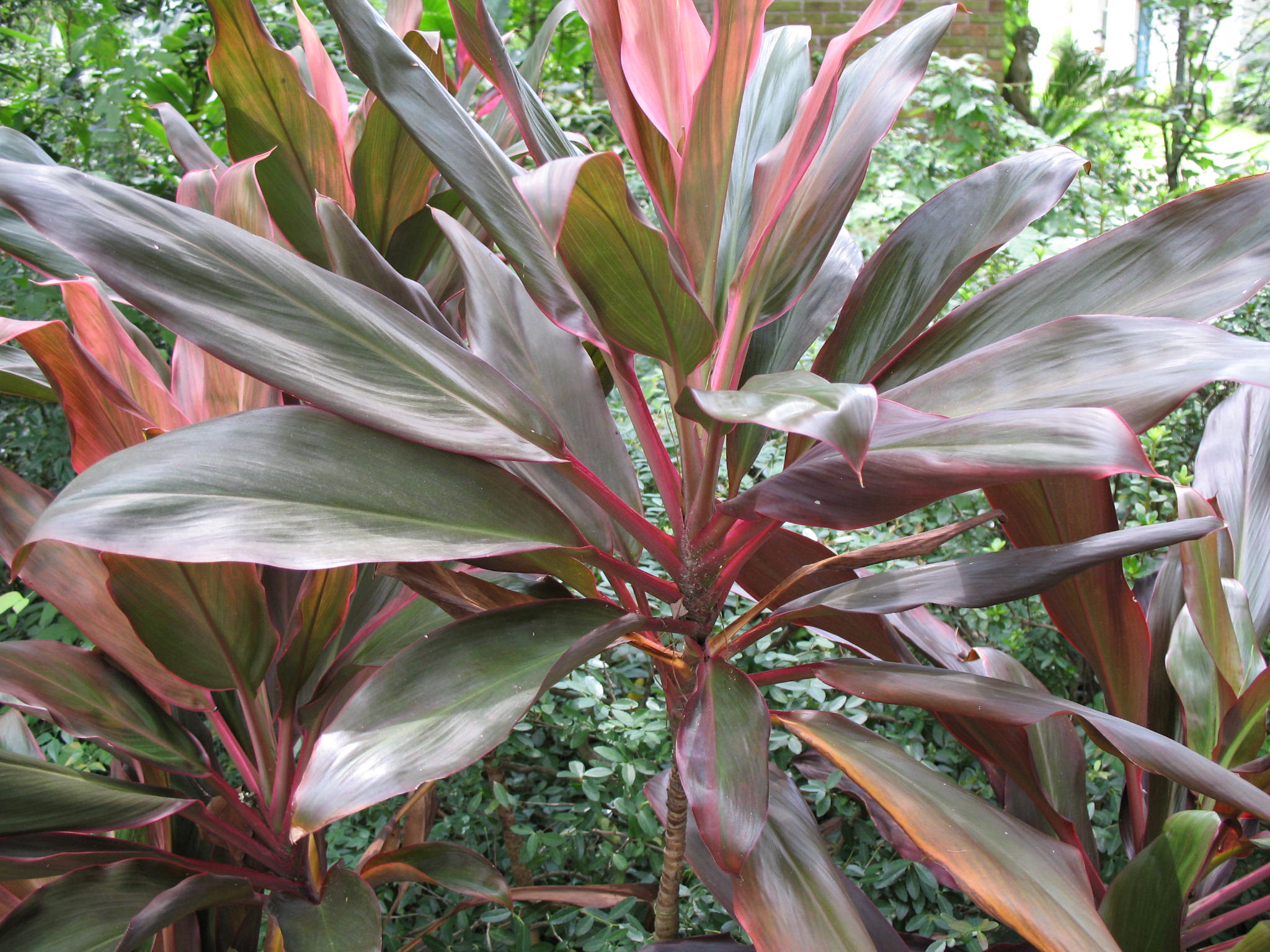
Online Plant Guide Cordyline fruticosa / Ti Plant
Cordyline fruticosa adds color to the landscape around your house whether planted inside growing as houseplants or outside in the garden. It has about 27 species of Dracaena type plants known for their colorful foliage. Cordyline (Ti plant) comes from the Greek word kordyle, meaning club, and used to refer to enlarged rhizomes.
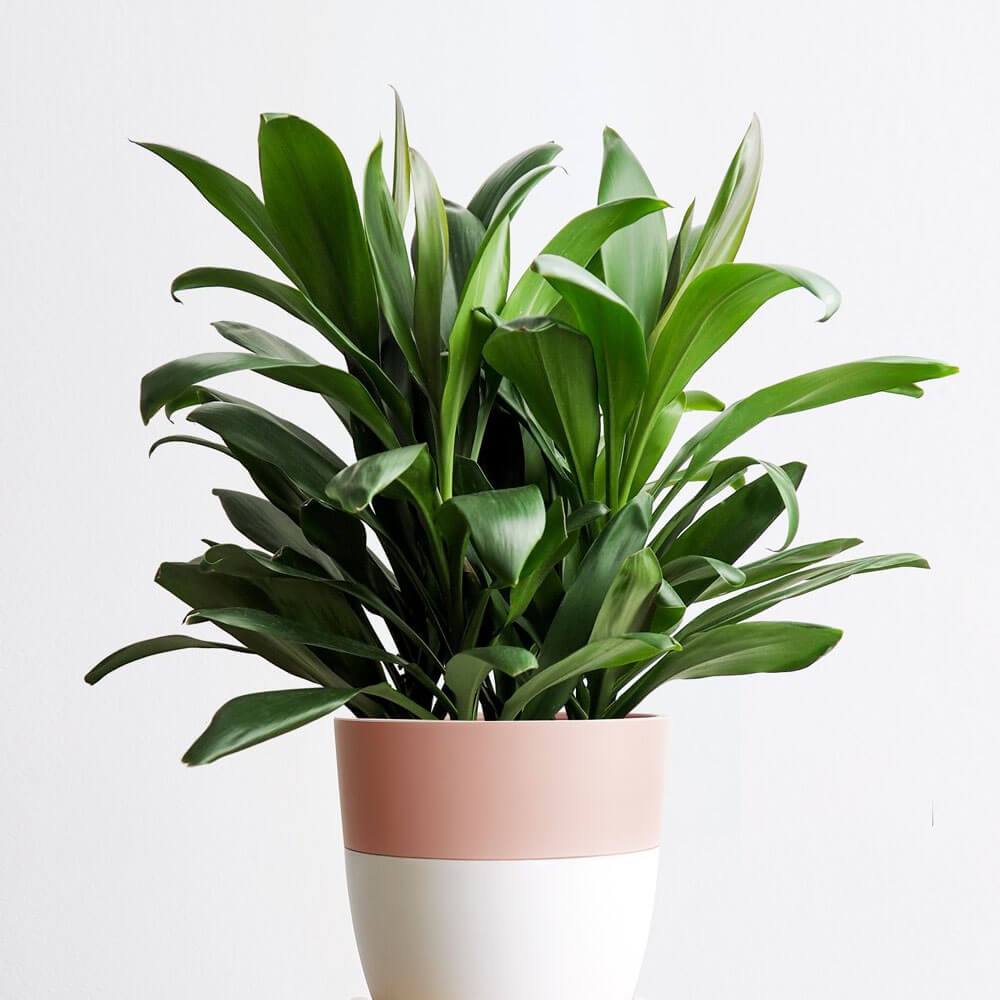
Cordyline fruticosa Glauca (Green Ti Plant) Indoor House Plants
Florica Ti Plant (Cordyline fruticosa 'Florica'): This cultivar of Hawaiian ti plant features pink-and-red splashed green leaves accentuated by periodic sprays of small, purple star-shaped flowers. This is a great foliage plant in bright light and high humidity, and in warm temperature locations.

Cordyline fruticosa Mambo Hawaiian Ti Plant Purify Your Air Hortology
The optimum amount of sun or shade each plant needs to thrive: Full Sun (6+ hours), Part Sun (4-6 hours), Full Shade (up to 4 hours). Often used as thriller in combination planters and makes a good houseplant as well. Cordyline is a grass-like plant. Where temperatures get colder than 15 degrees F, the plants should be treated as annuals.

Cordyline fruticosa (Ti plant)
This species was named by Linnaeus as Convallaria fruticosa in 1754, as Asparagus fruticosa in 1767 and also as Dracaena terminalis in 1767. It was named Cordyline ti by Schott in 1828 and finally as Cordylinefruticosa by Chevalier in 1919. Many other synonyms have been applied to it in the genera Cordyline, Dracaena and Taetsia (The Plant List, 2013).It is still commonly referred to as C.
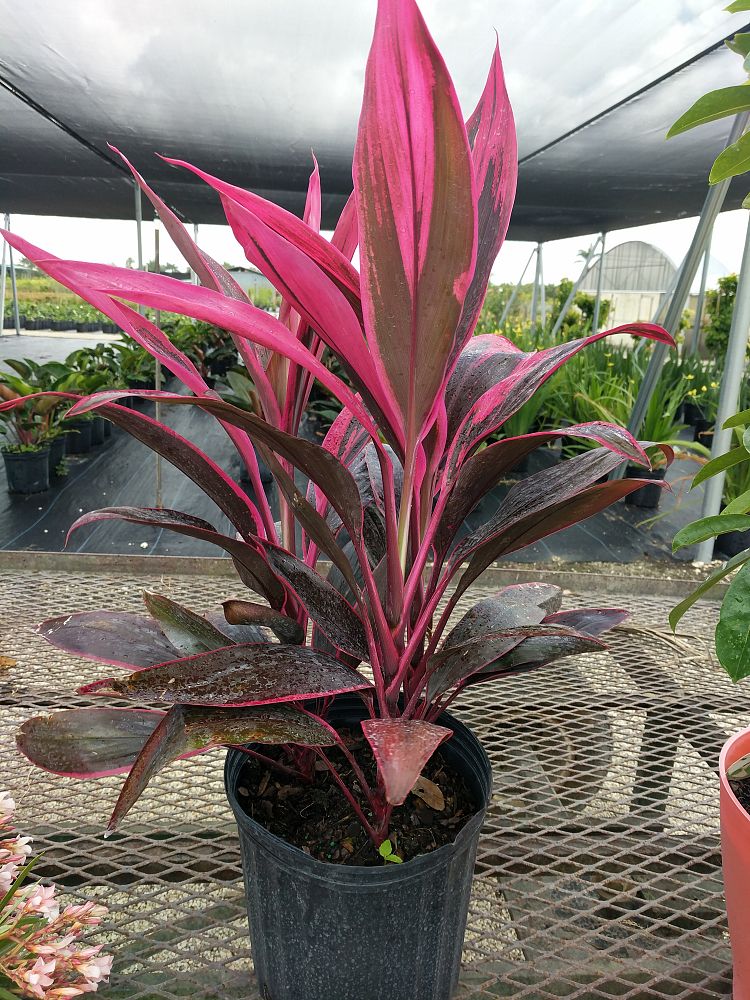
Cordyline fruticosa 'Red Sister', Ti Plant, Cordyline terminalis
Step 1: Plant your cordyline in high-quality potting soil with good drainage. Step 2: Use a pot with drainage holes, so excess water can escape. Using a pot without drainage holes runs the risk of leaving the plant's roots sitting in excess water, which can lead to root rot. Do indoor plants go dormant during the winter? What you need to know
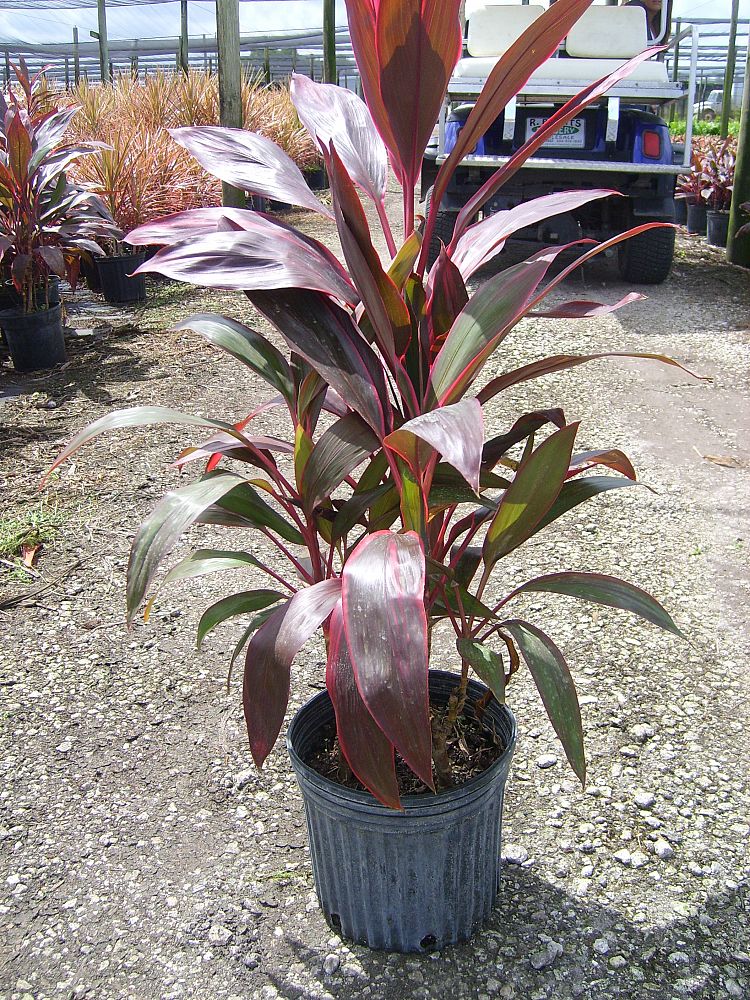
Cordyline fruticosa 'Red Sister', Ti Plant, Cordyline terminalis
Ti plant ( Cordyline fruticosa) is a tropical broadleaf evergreen plant with colorful palm-like leaves. It can be grown as a landscape specimen in tropical climates but is more often grown as a potted houseplant.

Cordyline Fruticosa Plants, House plants, Unique plants
Popular as a houseplant for its multicolored leaves, Cordyline fruticosa (Tiplant) is an evergreen shrub or small tree with lance-shaped leaves, up to 30 in. long (75 cm), that are bright pink to the deepest burgundy, green and cream. The leaves are spirally arranged into a fanlike shape at the stem tips.

Buy Cordyline fruticosa Plantslive
Glen Chandler - November 13, 2023 Hawaiian Ti plant of the Asparagaceae family, also known as Cordyline fruticosa, is a beautiful plant to grow at home. Our experts reveal all you need to know about growing the Hawaiian Ti plant in this guide while providing some handy care tips for this Cordyline genus plant. JUMP TO TOPIC

Cordyline fruticosa Ti Plant Mid Valley Trees
Red Sister Cordyline Quick Care Tips. Botanical Name: Cordyline Common Name(s): Ti plant, Good luck plant, Hawaiian ti plant Synonyms: Cordyline fruticosa, Cordyline terminalis Pronunciation: Kor-di-LY-nee Froo-tih-KOH-suh Family & Origin: Asparagaceae family, native to Southeast Asia, Pacific Islands, eastern Australia Growability: Easy to grow Grow Zone: 10-12

Cordyline fruticosa Deco&Design&Garden Pinterest More Plant
This evergreen is a flowering tropical plant commonly grown as a houseplant in temperate climates. It has stunning foliage with shades of pale pink, green, purple or deep red depending on the cultivar. It does require bright light to maintain its foliage colors.
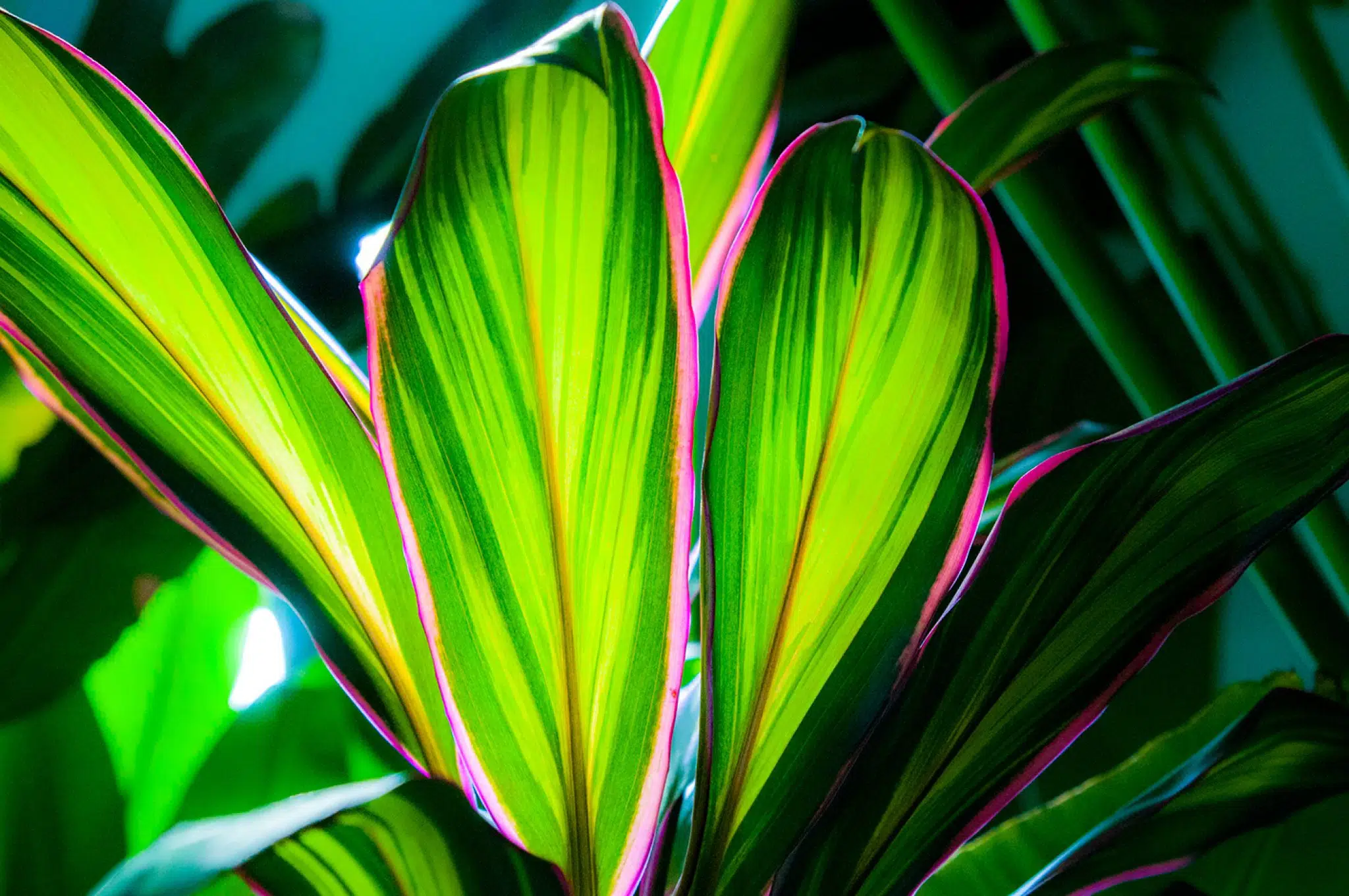
Adding tropical colors Hawaiian Ti plant (Cordyline fruticosa
Cordyline fruticosa which grow so well in South Florida is one of the newer additions with upwards of two dozen varieties now on site. In 1994, Dr. Brown published the first (and only) encyclopedia of cordylines due to the absence of reference materials for this wide collection of tropical foliage plants, native to the Pacific rim countries of.

Laman Kambatik Plants list (3rd ed.) Cordyline fruticosa ( Ti tree)
Cordyline fruticosa (kor-dil-LYE-nee froo-tih-KOH-suh) is a perennial, broadleaf evergreen plant hailing from Southeast Asia, Eastern Australia, Hawaii, Papua New Guinea, and other Pacific Islands. It is a member of the Asparagaceae family along with the popular Dracaena varieties and was formerly known as Cordyline terminalis.

Cordyline fruticosa Ti plant care and culture Travaldo's blog
Cordyline fruticosa - Wikipedia Lea faka-Tonga From Wikipedia, the free encyclopedia . The plant is of great cultural importance to the traditional Papua New Guinea. It is also cultivated for food, traditional medicine, and as an ornamental for its variously colored leaves. It is identified by a wide variety of

Cordyline fruticosa Hawaiian Ti Plant Landscaping Plants, Front Yard
How to Grow and Care for Cordyline Fruticosa. Ti, also known as cordyline, is a common decorative plant that grows outside in hardiness zones 9 through 12. However, its tall and spikey leaves make it an excellent houseplant due to its size and shape. This kind of plant comes with a range of leaf colors, including green, red, yellow, white.